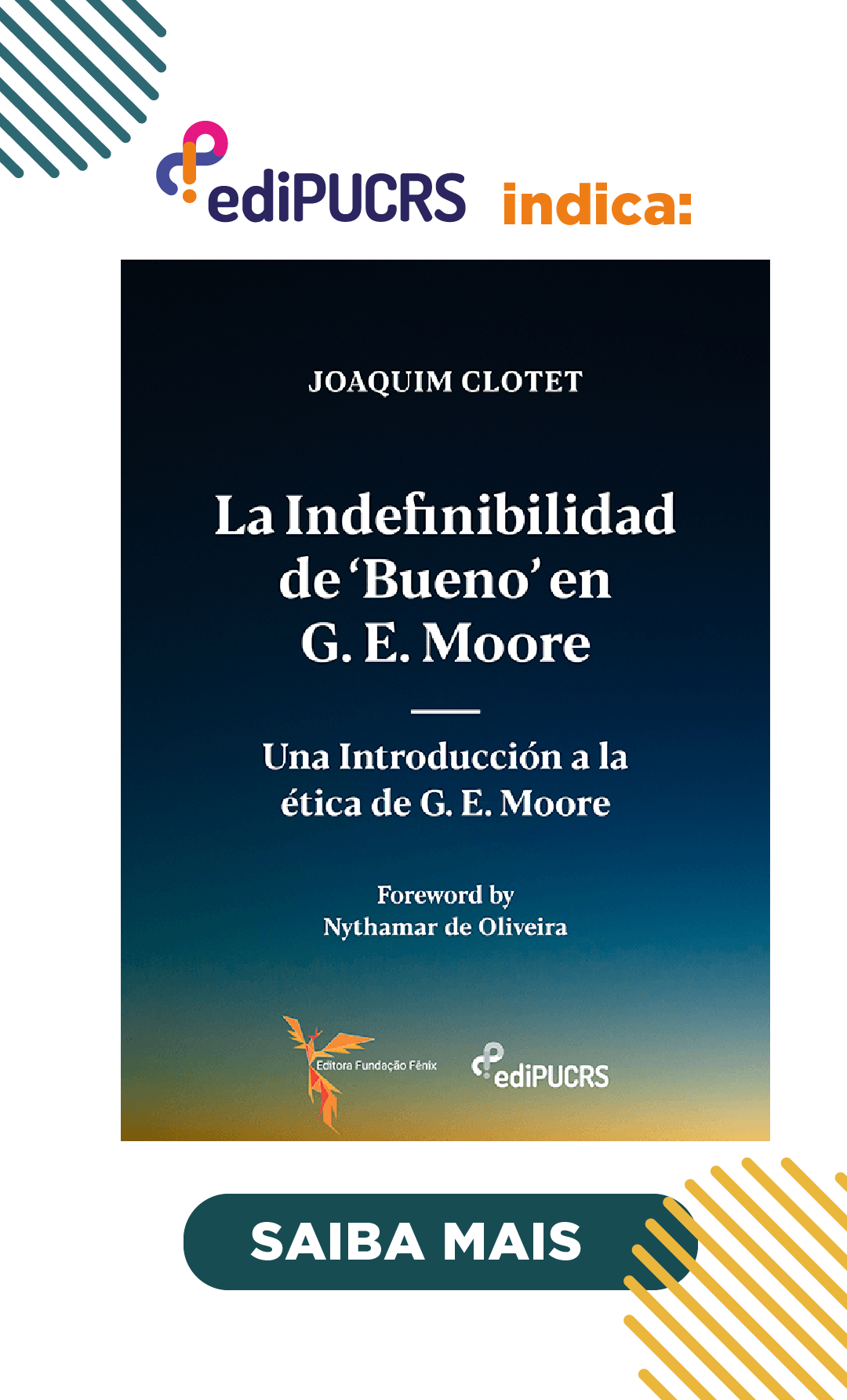Worldliness in Husserl’s late manuscripts on the constitution of time
DOI:
https://doi.org/10.15448/1984-6746.2006.2.1853Resumen
Os chamados manuscritos C, recentemente publicados, têm um interesse especial para a clarificação da constituição do mundo na medida em que mostram como, a partir de um mundo primordial ou quasi-mundo correlato à pré-intencionalidade, se atinge o mundo plenamente intersubjetivo constituído por uma intencionalidade de interesses desde uma práxis comunicativa. Seguindo os manuscritos, este artigo tem um propósito quádruplo: 1) tentar discernir diferentes caracterizações do mundo como horizonte universal, representação-mundo, todo, forma, idéia e fundamento; mostra-se, assim, o papel da temporalidade na raiz desses traços de mundanidade; 2) níveis de constituição do mundo são desvelados a fim de diferenciar um fundamento previamente dado de um fundamento que se desenvolve através dos estágios do mundo egóico, mundo da casa, mundo da vida e mundo-em-si; desvela-se aqui um encaixamento desses horizontes um no outro; 3) uma análise posterior dos níveis é dada através do questionamento retroativo na primalidade (Urtümlichkeit) como um retrocesso que revela o desenvolvimento de um pré-mundo a um mundo genuíno; uma gênese permanente, antes de uma gênese do passado, é realçada; 4) finalmente, mostrar- se-á como antecipações da fenomenologia póshusserliana nos remetem a uma abertura originária do mundo em sua mundanidade, um âmbito que é anterior à manifestação de um mundo de objetos e uma ordem de manifestação diferente daquela do mundo.
PALAVRAS-CHAVE – Fenomenologia genética. Husserl. Manuscritos C. Mundo. Temporalidade.
ABSTRACT
The recently published C-manuscripts hold special interest for the clarification of the constitution of the world by showing how, starting from a primal or quasiworld correlated with preintentionality, it advances to the full intersubjective world constituted by an intentionality of interests within communicative praxis. Following the manuscripts, this paper has a fourfold purpose. First, it attempts to discern different characterizations of the world as universal horizon, world-representation, whole, form, idea, and ground. The role of temporality at the roots of these traits of worldliness is shown. Second, levels of constitution of the world are disclosed in order to differentiate a readymade ground from a ground that develops through the stages of egoical world, homeworld, lifeworld, and world-in-itself. An encasement of these horizons one-in another is displayed. Third, a further analysis of levels is given through the inquiry back into primality (Urtümlichkeit) as a retrogression that reveals the development from a pre-world to a genuine world. A permanent genesis rather than a past genesis is brought out. Finally, anticipations will be shown of post-Husserlian phenomenological views regarding an originary openness of the world in its worldliness, a realm that is prior to the manifestation of a world of objects, and a different order of manifestation than that of the world.
KEY WORDS – Genetic phenomenology. Husserl. C-manuscripts . World. Temporality.
Descargas
Descargas
Publicado
Cómo citar
Número
Sección
Licencia
Derechos de Autor
La sumisión de originales para la Revista Veritas implica la transferencia, por los autores, de los derechos de publicación. El copyright de los artículos de esta revista es el autor, junto con los derechos de la revista a la primera publicación. Los autores sólo podrán utilizar los mismos resultados en otras publicaciones indicando claramente a Revista Veritas como el medio de la publicación original.
Creative Commons License
Excepto donde especificado de modo diferente, se aplican a la materia publicada en este periódico los términos de una licencia Creative Commons Atribución 4.0 Internacional, que permite el uso irrestricto, la distribución y la reproducción en cualquier medio siempre y cuando la publicación original sea correctamente citada. Copyright: © 2006-2020 EDIPUCRS





